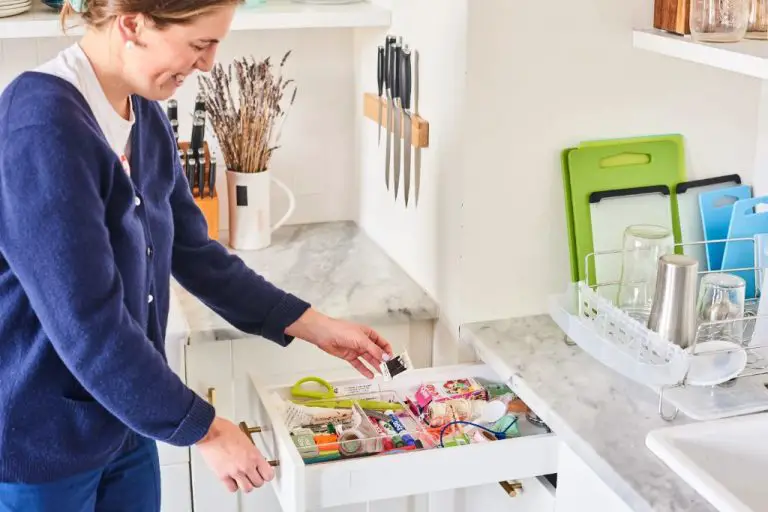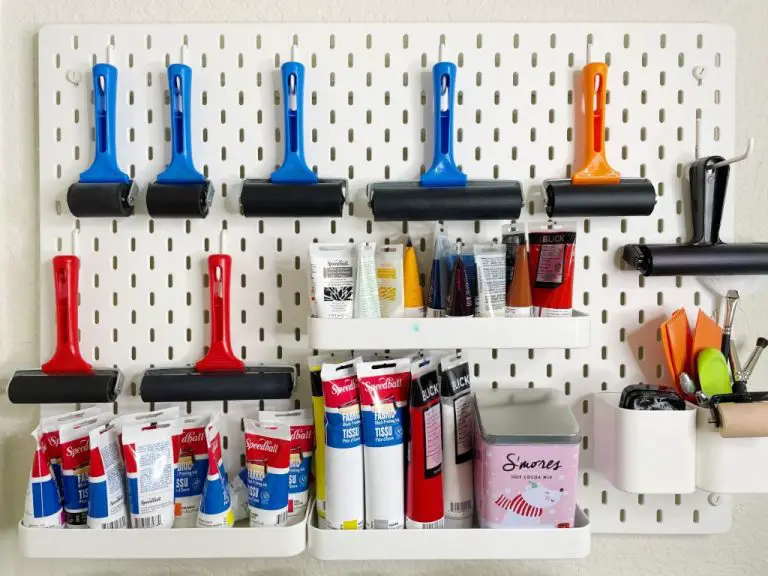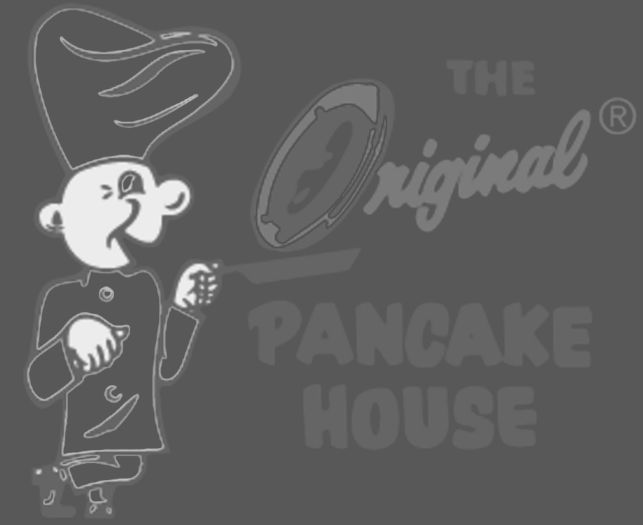What Is The Trend In Ceramic Art In 2023?
Ceramic art has a rich history dating back thousands of years to ancient cultures across the globe. From functional pottery to elaborate sculptures, the medium allows for creative expression and artistry through shape, form, texture, and glaze. Ceramic art remains an important fixture in art and design, valued for both its aesthetic appeal and its permanence.
Trends in ceramic art have ebbed and flowed through the decades, with styles like Art Deco in the 1920s, Mid-Century Modern in the 1950s-60s, and the rise of conceptual ceramics in the 1990s. More recently, contemporary ceramic artists have pushed boundaries by blending digital techniques with traditional methods, exploring bold abstractions, and making socially relevant narrative works.
In 2023, several key trends are emerging in ceramic art that speak to current culture and the state of the world. There is a renewed interest in handmade functional pottery that connects to history and craft. Nature, botanical themes, and biomorphic forms are popular as we seek balance with the environment. Sculptural ceramics and experimental textures show how far the medium can be pushed. And touches of nostalgia provide comfort in uncertain times. Overall, ceramic art in 2023 celebrates both heritage and innovation.
Revival of Functional Pottery
In recent years, there has been a resurgence in handmade, functional pottery among ceramic artists and consumers. Rather than decorative pieces meant solely for display, potters are returning to creating usable, everyday wares. This aligns with a growing desire for products that have a sense of history, craftsmanship, and sustainability.
A return to functional pottery connects artists and consumers back to the roots of ceramics. Wheel-thrown mugs, plates, bowls, vases, and teapots evoke a sense of substance and purpose often missing from mass-produced goods. The imperfections and handmade touches bring individuality and character to each piece. There is also an appeal to owning well-crafted items designed for real-world use rather than just visually appealing curios.
Notable potters leading this revival include Donn Zver, known for his stoneware production. Zver’s career highlights the growth of functional ceramics over time, transitioning from the influence of Bernard Leach to developing his unique style and studio production system. Other artists like Ayumi Horie and Paragon Ceramics are also at the forefront of creating handmade functional wares using experimental techniques and aesthetics.
This focus on everyday functionality caters to the modern consumer’s values. It celebrates craftsmanship and sustainable consumption by creating pieces designed to be used and cherished for years, not discarded. The artistry infused into each mug or vase reconnects consumers to themselves and the ceramists who made them.
Experimental Glazes and Textures
Ceramic artists are exploring experimental glazes and textures to create unique visual effects in their pottery and artworks. Bold, vibrant glaze colors achieved through metallic oxides and uncommon materials like horsehair and eggshells represent one such trend. As noted by Ceramic Arts Network, vibrant colors like teals and deep blues are rising in popularity for 2023.
Layered glazes that crackle, wrinkle, and drape in interesting ways when fired represent another trend. The layering of matte and glossy glazes, or multiple glazes, leads to dimensional textures and patterns. The article from Diamond Core Tools highlights the combination of glossy and matte glazes as an upcoming trend in functional and decorative ceramics.
Finally, the incorporation of materials like shells, wood, leaves, and fibers into the clay body or glazes adds visual interest when fired, as noted in the trends piece by Diamond Core Tools (https://diamondcoretools.com/blogs/resources/upcoming-pottery-trends-for-2023). The resulting cracked, wrinkled, and peeling textures creates dynamic surfaces and a handmade aesthetic in the finished ceramic works.
Geometric and Minimalist Designs
One of the biggest trends within ceramic art right now is a move towards geometric and minimalist designs. Many artists are exploring graphic shapes and simplified patterns, creating ceramic pieces with a clean, modern aesthetic. Monochromatic color palettes using neutral tones of black, white, and gray are very on-trend.
Minimalist ceramic vessels and sculptural objects are extremely popular, often featuring repeating abstract shapes or subtle, graphic patterns. The simplified minimalist look allows the beauty of the ceramic material itself to shine through. Many artists are playing with matte and glossy textures on these pared-down geometric forms.
The minimalist ceramic trend shows the possibilities of creating art through simple, well-balanced compositions. The graphic, reductive designs have wide-ranging appeal for modern decor and art collections. Unique handmade touches add interest to the clean-lined minimalist ceramics.
Vibrant Colors and Patterns
One of the biggest trends in ceramic art for 2023 is the use of vibrant, saturated colors and bold patterns. Many artists are embracing bright hues like emerald green, cobalt blue, and tomato red, often in combination with stark white and black [1]. There is a move away from muted, earthy palettes towards eye-catching, pop art-inspired color combinations.
Patterns are coming to the forefront as well, taking inspiration from folk art and tribal motifs. Ethnic-inspired designs, geometric shapes, and freeform patterns are being integrated into pottery and sculptures [2]. These graphic elements lend visual interest and vibrancy.
Overall, there is a maximalist aesthetic emerging, with artists embracing complexity, texture, and color saturation. The result is a feast for the eyes – ceramics that make a bold statement.
Nature and Botanical Themes
A popular trend in ceramic art this year is the use of nature and botanical themes. Artists are incorporating plant, animal, and landscape imagery into their pieces through organic, flowing shapes and natural color palettes. Flowers, leaves, trees, birds, insects, mountains, and other natural elements are being depicted in both realistic and stylized ways.
Many ceramicists are creating vases, platters, and sculptures with decorative motifs of foliage, succulents, flowering branches, and woodland scenes. These botanical designs reflect the growing desire for connection with nature and appreciation for the beauty of the natural world. There is also an emphasis on celebrating the seasons, with spring and summer proving particularly inspiring.
Using earthy hues like terra cotta, sage, moss, and slate blue, ceramicists are able to evoke a sense of the great outdoors. Their works feel grounded yet whimsical, blending realism with imagination. Prominent artists working in the botanical theme include Tara Kothari (https://www.tarakothari.com/), who is known for her planters and vases covered in trailing vines, buds, and blossoms.
Sculptural and 3D Artworks
One of the most compelling ceramic art trends in 2023 is the creation of complex, multidimensional sculptural forms and 3D artworks. Many ceramic artists are moving beyond traditional vessels and functional wares to craft stunning abstract sculptures with intricate textures and shapes. The development of advanced 3D printing technologies has enabled the production of incredibly detailed ceramic sculptures not possible with traditional techniques.

Ceramic 3D printing allows artists to create porous structures, delicate lattice patterns, and flowing organic forms in clay. With 3D modeling software, artists can design sculptures digitally before printing them out in ceramic materials like porcelain or stoneware clay. Some artists are even printing clay directly in unconventional formats like coils or blobs to retain the imperfect, handcrafted aesthetic. When fired, these 3D printed ceramics retain their strength and give the impression of improbable shapes formed by hand.
Sculptors like Jonathan Keep are at the forefront of incorporating 3D printing into ceramic art [1]. Keep produces abstract porcelain sculptures that mimic corals, barnacles, and other natural formations. Other artists are exploring more geometric designs, with sculptural vases and vessels taking on faceted, crystalline shapes. These types of experimental 3D artworks are expanding the boundaries of traditional ceramic craft. Whether hand-built or 3D printed, sculptural ceramic art allows for incredible creativity and artistic expression through innovative form, texture, and technique.
Nostalgic and Retro Influences
A major trend in ceramic art in 2023 is a return to nostalgic and retro aesthetics, drawing inspiration from popular styles of the past like mid-century modern, art deco, and art nouveau. Many ceramic artists are revisiting and revitalizing vintage glazing techniques not commonly used today to achieve a distressed, weathered look reminiscent of antique ceramics and pottery.
Mid-century modern styles from the 1950s and 1960s are influencing ceramics with clean, simple shapes and retro color palettes of turquoise, bright oranges and yellows, and graphic patterns. There is also renewed interest in art deco looks from the 1920s and 1930s, with geometric shapes, gold accents, and bold lines and angles.
Some artists are finding inspiration in the elegant curving botanical forms and whimsical designs of art nouveau from the late 1800s to early 1900s. These nostalgic influences can be seen in handcrafted pottery and ceramic tiles with ornate shapes and decals.
The vintage kitchenware aesthetic is also popular, with ceramic dishware, canisters, and kitchen tools sporting retro flower prints, checkerboard motifs, or classic diner-style designs. This aesthetic captures the essence of well-loved, imperfect antiques.
By blending old and new, ceramic artists are able to create unique contemporary works that still feel familiar. The nostalgic and retro ceramic trend offers both a connection to the past and a renewed appreciation for timeless, quality craftsmanship.
According to Ceramic Trends We Love for 2024, “vintage-inspired ceramics are looming large as they beautifully merge eras gone by with contemporary living.”
Handcrafted and Imperfect
In 2023, many ceramic artists are embracing imperfection and rejecting mass production in favor of a handcrafted aesthetic. Pieces showcase irregular shapes, raw finishes, and evidence of the artist’s hand, rather than being perfectly smooth and identical.
Wendy Drummond’s ceramic art highlights the handcrafted process through imperfect circles and organic shapes, with raw clay textures in earthy tones (https://wendydrummond.com/). Likewise, Ephraim Pottery embraces the irregularity of handcrafted art, with their pottery art tiles showing thumbprints and evidence of the personal creative process (https://ephraimpottery.com/product-category/pottery-art-tiles/).
This trend rejects mass production and embraces the beauty of imperfect, one-of-a-kind ceramic artisanship and craft.
Conclusion
In summary, some of the key ceramic art trends in 2023 include a return to functional pottery like mugs and vases, experimental glazes and textured surfaces, geometric and minimalist designs, vibrant colors and patterns, nature themes and botanical motifs, sculptural and 3D works, retro and nostalgic influences, and handcrafted, imperfect finishes. There are several overarching themes driving these trends, such as a desire for unique, handmade items over mass production, an appreciation for imperfections and asymmetries, and drawing inspiration from the natural world. The trend with the most potential moving forward seems to be sculptural, multidimensional ceramic art, as new technologies like 3D printing allow for more innovation in form and structure. As ceramic artists continue to push boundaries, blending digital tools with traditional techniques, we can expect ceramic art in the coming years to be even more experimental and groundbreaking.




